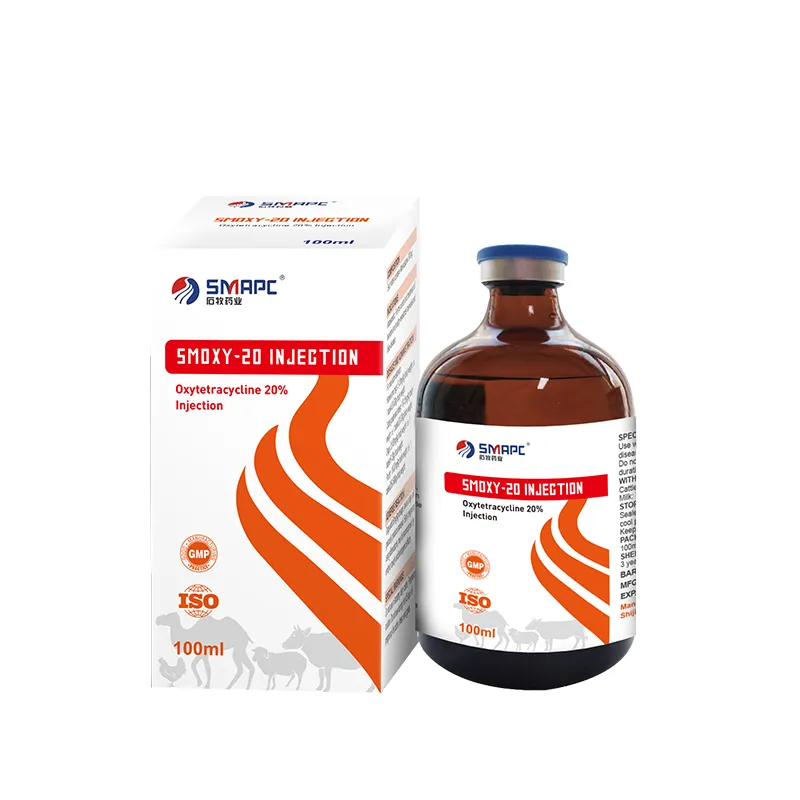Albendazole is a broad-spectrum anthelmintic medication commonly used to treat a variety of worm infections in humans and animals. As a member of the benzimidazole class of drugs, albendazole is effective against numerous parasitic infestations, including but not limited to, neurocysticercosis, hydatid disease, and gastrointestinal nematodes. Understanding how albendazole works, its applications, and potential side effects is essential for leveraging its benefits in combating parasitic infections.









